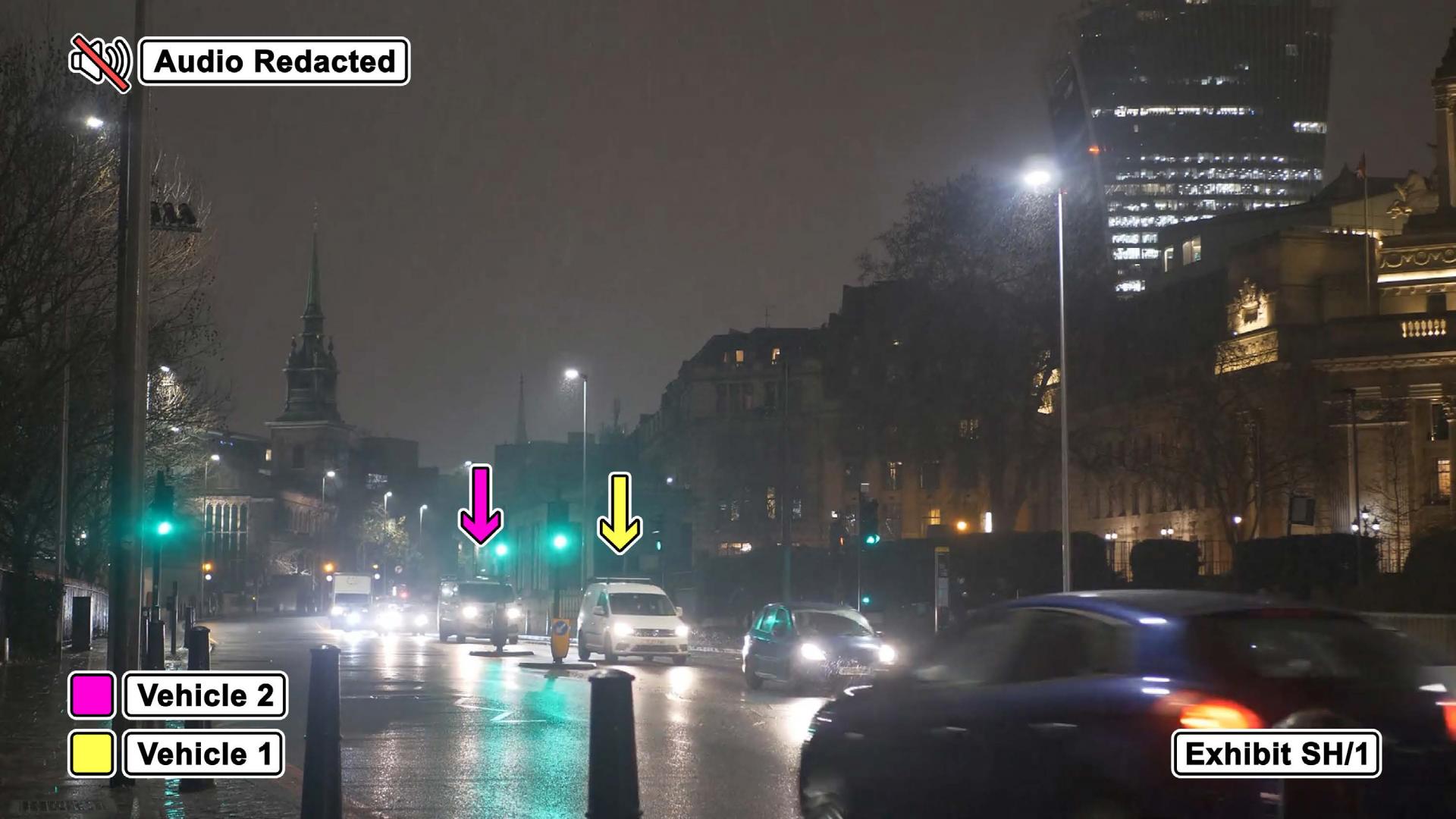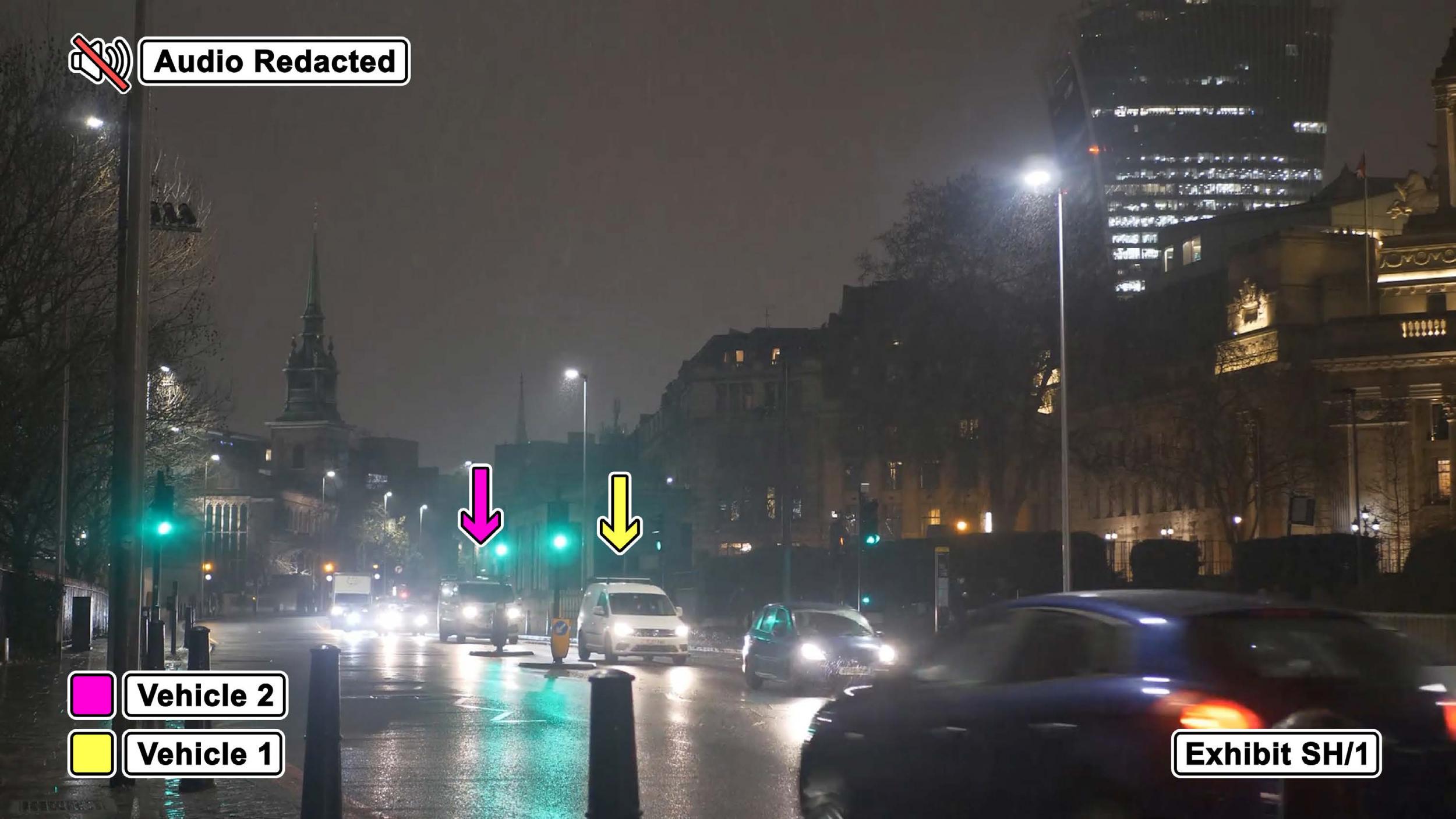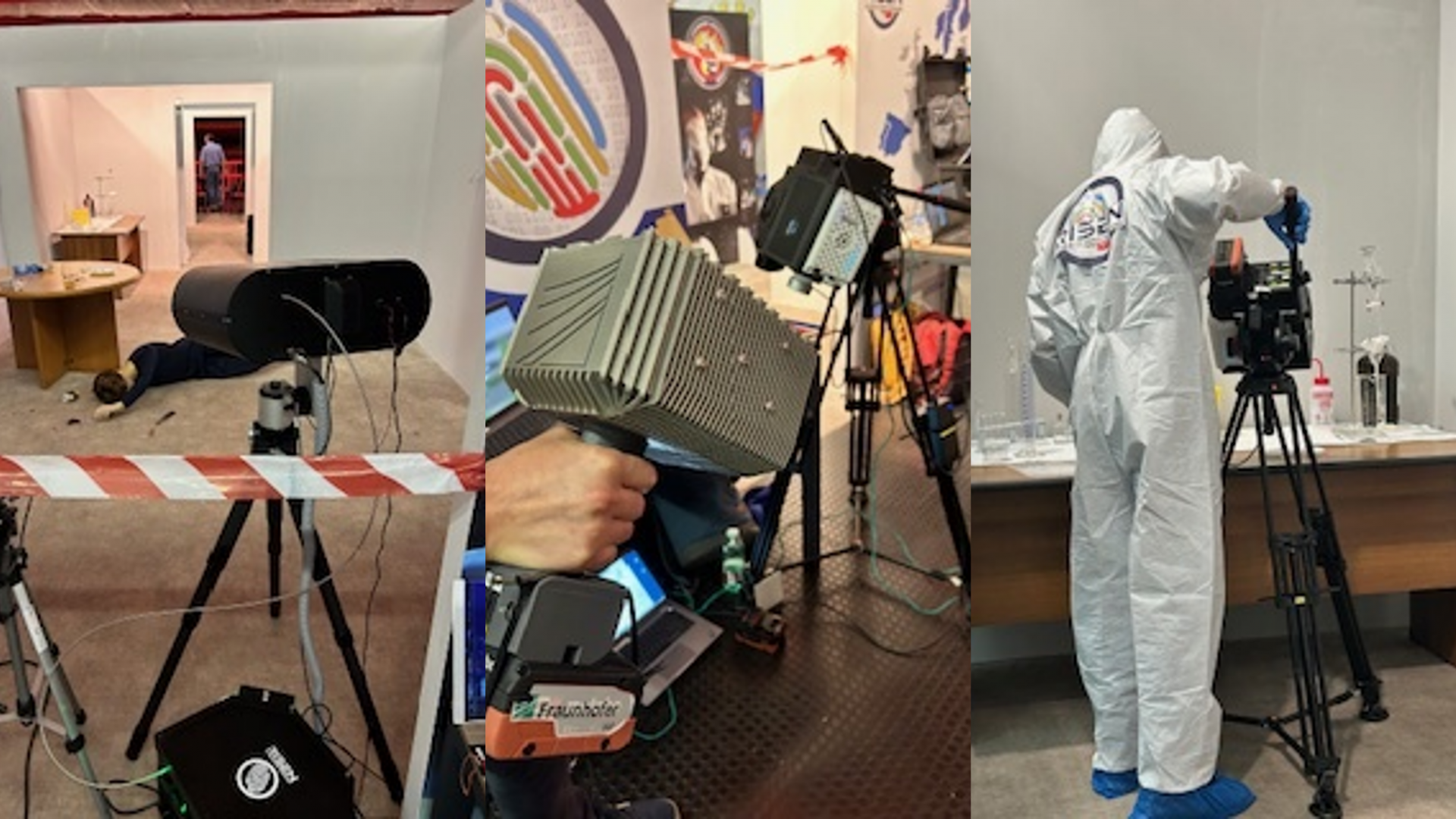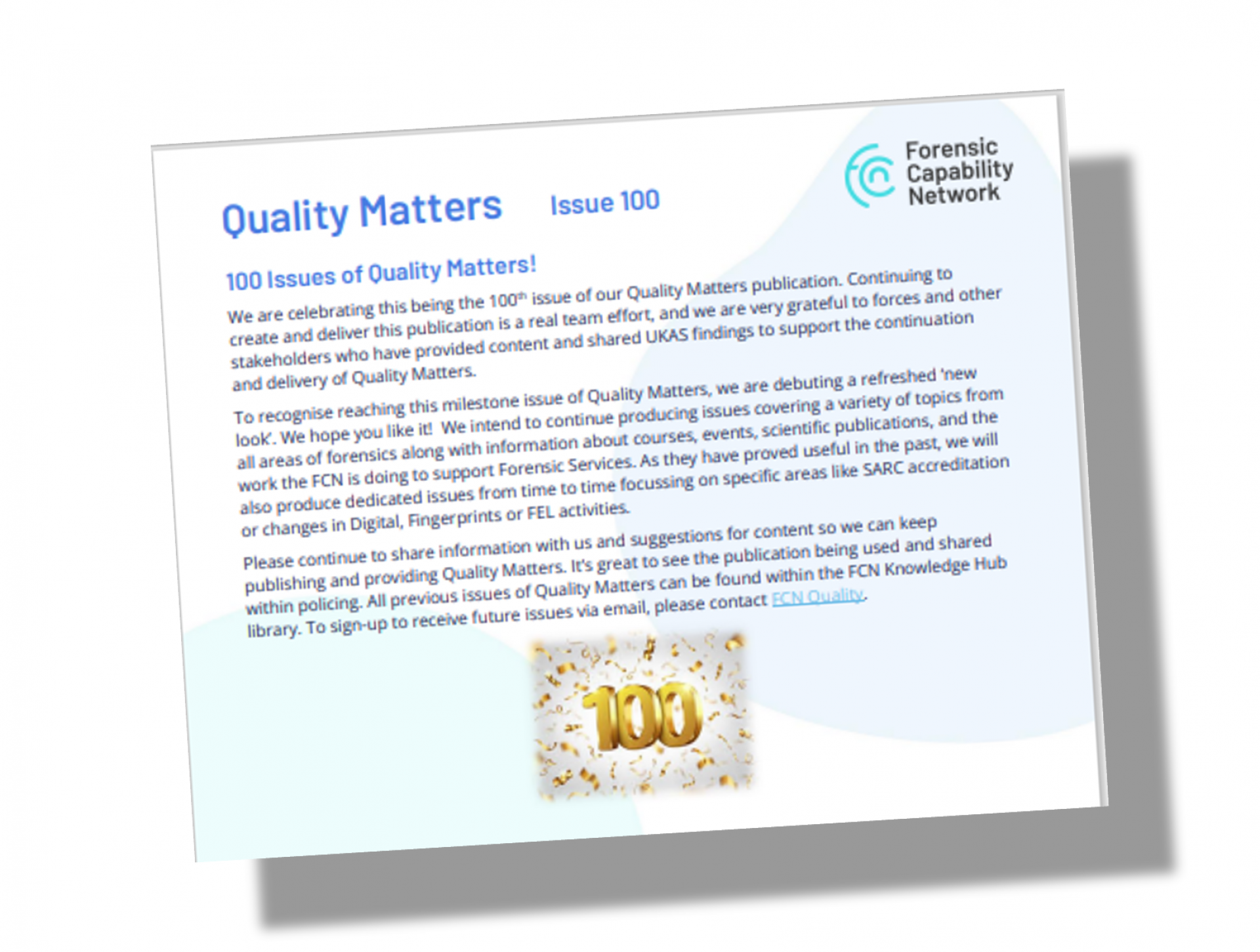
By Karl Rowland, Regional Forensic Video & Audio Manager, South West Forensics.
With the advent of ISO Accreditation coming to the Video and Audio business area of Forensic work it was obvious that there was a need to standardise processes, the use of annotations and other motion graphic templates for court presentations not just within offices, but across Forces in the region in the case of South West Forensics (SWF).
Whilst analysing the issue it became evident that there was little or no consideration of accessibility, inclusivity, or bias in the presentations that were being produced. Further studies highlighted this was a country-wide issue – CPS, Ministry of Justice, and other police forces and agencies were invited to respond, and they confirmed that court presentations had never considered such things as colour deficiencies even though statistically 1 in 12 are impacted (the equivalent of one member of each jury).
Not only did this impact video presentations, but all presentations put to court by other departments, who confirmed they had not considered the impact of colour deficiency negatively affecting the understanding of court evidence put before jury members.
The circumstances were discussed at the National CCTV Conference in 2024 with some of the findings and discussion points demonstrated; the support from the National Experts group was evident in that this piece of work was required for the industry and the court process. This was further supported in meetings with the Ministry of Justice, CPS and UKAS, and steps were taken to ensure the work was not being duplicated elsewhere, and the results agreed would be shared across the industry and country.
Work was started researching the issues and what counter measures could be put in place. This started with what appeared to be a simple task of ensuring that our colour template utilised did not cause confusion for those with colour blindness. A review with the National Colour Blind Awareness Group provided valuable insight, and further consideration of those with other sight deficiencies. Research was made in relation to the maximum number of objects that could be followed on a screen at one time by viewers, and an inability to focus on more than 3 objects became apparent. All this research culminated in a final version of the colour chart that takes in numerous variables and deficiencies including grey scale, this ensured that even if the viewer could not see any colour there was sufficient contrast to enable the viewer to recognise the difference – as this part was concluded the information was shared and adopted by various departments and forces nationally.
Pictured: part of the colour chart taking into consideration grey scale
Pictured: Example of the ‘double stroke’ MOGRTS which stands out on any background

The next area of concern was ‘avoidance of bias’. We all have bias within our own personalities and therefore it’s important that any presentation work does not include any further bias whether conscious or unconscious. Bias can take various forms within our presentations including colour bias, naming and wording bias, highlight bias, slow motion / freezing bias and clipping bias. Avoidance of colour bias is as simple as not using red for the suspect, or other colours that provide inferences (pink for a lady, blue for a man, green for innocent). Naming and wording bias includes stating ‘knife’ when it’s better to use object, or leading terms such as ‘victim’ or ‘accused’ which provide an inference to the viewer. Highlight bias including the use of cropping, zoom and freeze frame can produce an inaccurate account of what has happened, use of slow motion can provide an inaccurate indication of time to react / make decisions – this can be seen within football with VAR and ‘bad tackles’ where a freeze frame or slow motion of the actual contact without the lead up can produce a bias view of what has happened rather than watching it at full speed combined with other views.
Pictured: example of cropping bias
Pictured: examples of colour bias
Focusing on accessibility and inclusivity, the typography that was routinely used throughout the industry was researched. Although an intermediate fix was to ensure everyone uses Arial font, the best font for accessibility was Transport font, which is designed for and used in the transport network across the UK and other countries, and recently adopted by the Home Office, and is the standard font for all government based documentation and websites. Following discussion with the ‘owners’ of Transport font, a discounted price was agreed for use by all UK police forces in court presentations.
All this research and interaction with external forces and institutions took approximately 18 months of work. It has been presented on twice at the National CCTV Conference, the first in 2024 with some early disclosure and use of the colour chart, and more recently in March 2025 where the whole package was presented. It received acclaim by the Assistant Chief Constable of South Wales (lead for CCTV) as work which was ‘commendable’. UKAS also highlighted the importance of the standardisation package. It has been adopted nationally as Good Practice by the National CCTV Experts Group. The Ministry of Justice and CPS acknowledged that it was years ahead of anything they had considered. The Colour Blind Awareness Group were astounded that it had never been considered before. The work and documentation is being forwarded to the Judge who leads on Digital Evidence and it has been commented that this is the minimum they would expect in court going forward.
The package has been adopted and in use within SWF for several months. Apart from standardising presentation packs, it has been found to reduce the time required to create each presentation package for court, as the user does not need to create each template every time: they start a project but use the created templates, which has saved significant time on presentations.
This is work that had to be completed for accreditation, and has ensured that accessibility, inclusivity and avoidance of bias is at the bedrock of all presentations, and professionalises what was an extremely ad-hoc process.
It is impossible to document the impact this work will have across the country both for standardisation, but more importantly to ensure that those with vision deficiencies do not feel alienated when it comes to serving on a jury, nor prohibited from sitting on a jury if it is mostly visual evidence, at a time when it is difficult to secure jury members for trials. The use of the package has made it so those 1 in 12 of the population are not automatically excluded from sitting on juries.
The work was led by Tom Horwood-Luscombe and supported by other members of South West Forensics DVU, and forms an important bedrock in our ISO accreditation journey assisting compliance and standardisation.


